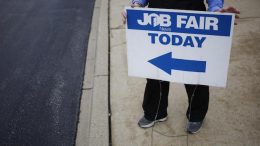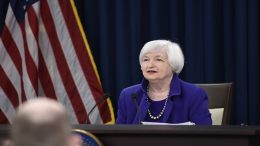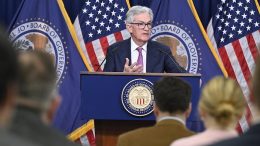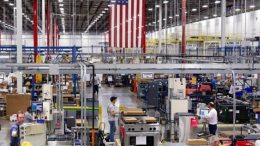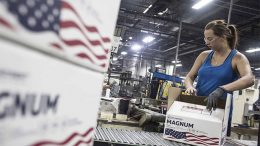US labour market maintains strength: non-farm job creation reaches 339K
Bankinter : US non-farm job creation again beats forecasts: 339K vs 195K estimated and 294K previous (revised from 253K). The unemployment rate rebounds to 3.7% versus 3.5% estimated and 3.4% previous (a historical low). Average wages/hour decelerate (year-on-year) to +4.3% versus +4.4% estimated and previous. Assessment: Despite mixed signals from labour market figures, the labour market remains strong. The unemployment rate increased by three tenths and the number of unemployed…

